Mercedes EQB vs Volvo XC90 – Performance, range & efficiency compared
Compare performance, boot capacity, efficiency and price at a glance.
Find out which car is the better choice for you – Mercedes EQB or Volvo XC90?
Costs and Efficiency:
Looking at overall running costs, both models reveal some interesting differences in everyday economy.
Mercedes EQB has a convincingly advantage in terms of price – it starts at 45900 £, while the Volvo XC90 costs 69800 £. That’s a price difference of around 23893 £.
As for range, the Mercedes EQB performs decisively better – achieving up to 535 km, about 464 km more than the Volvo XC90.
Engine and Performance:
Power, torque and acceleration say a lot about how a car feels on the road. This is where you see which model delivers more driving dynamics.
When it comes to engine power, the Volvo XC90 has a evident edge – offering 455 HP compared to 292 HP. That’s roughly 163 HP more horsepower.
In acceleration from 0 to 100 km/h, the Volvo XC90 is to a small extent quicker – completing the sprint in 5.40 s, while the Mercedes EQB takes 6.20 s. That’s about 0.80 s faster.
In terms of top speed, the Volvo XC90 performs slightly better – reaching 180 km/h, while the Mercedes EQB tops out at 160 km/h. The difference is around 20 km/h.
There’s also a difference in torque: Volvo XC90 pulls clearly perceptible stronger with 709 Nm compared to 520 Nm. That’s about 189 Nm difference.
Space and Everyday Use:
Whether family car or daily driver – which one offers more room, flexibility and comfort?
Seats: Volvo XC90 offers noticeable more seating capacity – 7 vs 5.
In curb weight, Volvo XC90 is minimal lighter – 2080 kg compared to 2105 kg. The difference is around 25 kg.
In terms of boot space, the Mercedes EQB offers distinct more room – 495 L compared to 302 L. That’s a difference of about 193 L.
In maximum load capacity, the Volvo XC90 performs hardly perceptible better – up to 1856 L, which is about 146 L more than the Mercedes EQB.
When it comes to payload, Volvo XC90 clearly perceptible takes the win – 710 kg compared to 435 kg. That’s a difference of about 275 kg.
Who wins the race?
The Mercedes EQB proves to be secures victory with a clear margin and therefore becomes our DriveDuel Champion!
Mercedes EQB is the better all-rounder in this comparison.
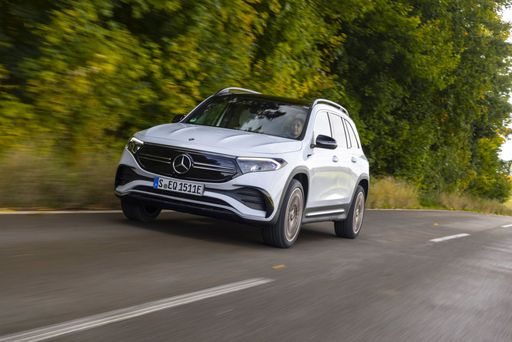
Mercedes EQB
Mercedes EQB
The Mercedes-Benz EQB is an all-electric compact SUV that seamlessly blends practicality with modern luxury. Its sleek design and spacious interior make it an attractive option for families seeking both style and function. With advanced technology and impressive range capabilities, the EQB is a testament to Mercedes-Benz's commitment to sustainable mobility.
details @ group-media.mercedes-benz.com
@ group-media.mercedes-benz.com
 @ group-media.mercedes-benz.com
@ group-media.mercedes-benz.com
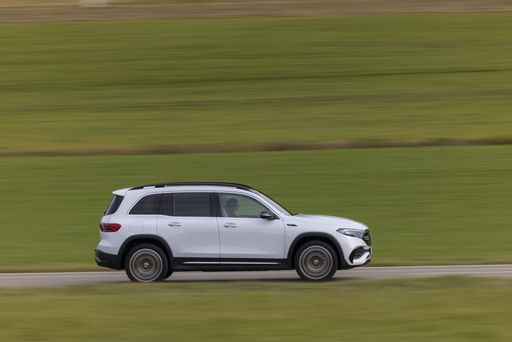 @ group-media.mercedes-benz.com
@ group-media.mercedes-benz.com
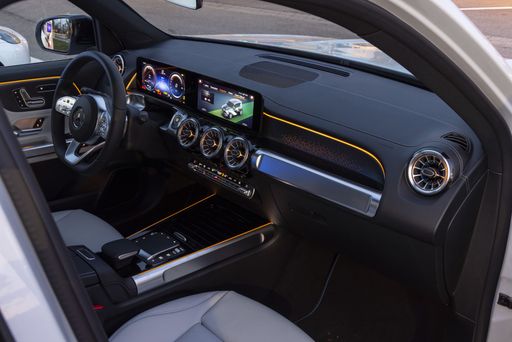 @ group-media.mercedes-benz.com
@ group-media.mercedes-benz.com
 @ group-media.mercedes-benz.com
@ group-media.mercedes-benz.com
Volvo XC90
The Volvo XC90 stands out with its elegant Scandinavian design, seamlessly blending luxury with versatility. Inside, it offers a spacious and meticulously crafted interior, showcasing high-quality materials and advanced technology. The vehicle provides a comfortable and smooth driving experience, making it a popular choice for families and long journeys.
details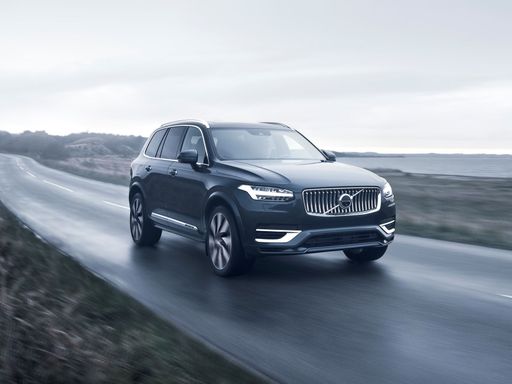 @ media.volvocars.com
@ media.volvocars.com
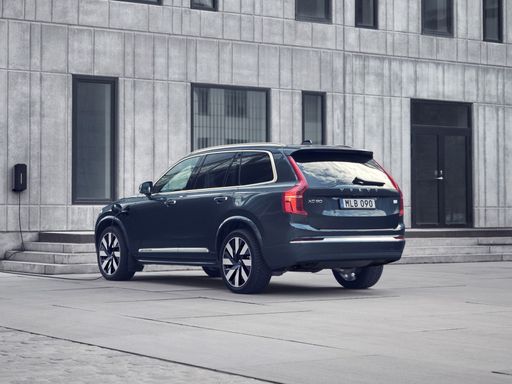 @ media.volvocars.com
@ media.volvocars.com
 @ media.volvocars.com
@ media.volvocars.com
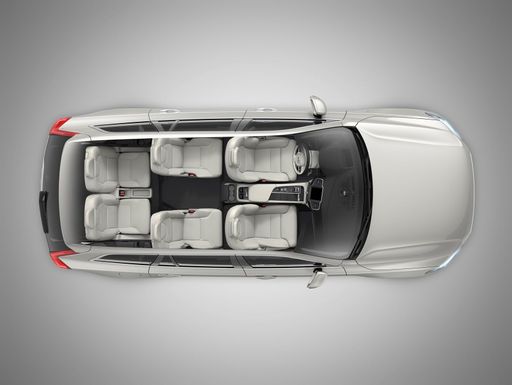 @ media.volvocars.com
@ media.volvocars.com
 @ media.volvocars.com
@ media.volvocars.com

|

|
|
|
|
Costs and Consumption |
|
|---|---|
|
Price
45900 - 58900 £
|
Price
69800 - 84600 £
|
|
Consumption L/100km
-
|
Consumption L/100km
3.5 - 8.5 L
|
|
Consumption kWh/100km
15.2 - 17.2 kWh
|
Consumption kWh/100km
-
|
|
Electric Range
468 - 535 km
|
Electric Range
71 km
|
|
Battery Capacity
70.50 kWh
|
Battery Capacity
14.70 kWh
|
|
co2
0 g/km
|
co2
79 - 191 g/km
|
|
Fuel tank capacity
-
|
Fuel tank capacity
71 L
|
Dimensions and Body |
|
|---|---|
|
Body Type
SUV
|
Body Type
SUV
|
|
Seats
5
|
Seats
7
|
|
Doors
5
|
Doors
5
|
|
Curb weight
2105 - 2170 kg
|
Curb weight
2080 - 2297 kg
|
|
Trunk capacity
495 L
|
Trunk capacity
262 - 302 L
|
|
Length
4684 mm
|
Length
4953 mm
|
|
Width
1834 mm
|
Width
1923 mm
|
|
Height
1654 - 1689 mm
|
Height
1771 mm
|
|
Max trunk capacity
1710 L
|
Max trunk capacity
1816 - 1856 L
|
|
Payload
435 kg
|
Payload
653 - 710 kg
|
Engine and Performance |
|
|---|---|
|
Engine Type
Electric
|
Engine Type
Petrol MHEV, Plugin Hybrid
|
|
Transmission
Automatic
|
Transmission
Automatic
|
|
Transmission Detail
Reduction Gearbox
|
Transmission Detail
Automatic Gearbox
|
|
Drive Type
Front-Wheel Drive, All-Wheel Drive
|
Drive Type
All-Wheel Drive
|
|
Power HP
190 - 292 HP
|
Power HP
250 - 455 HP
|
|
Acceleration 0-100km/h
6.2 - 8.9 s
|
Acceleration 0-100km/h
5.4 - 7.7 s
|
|
Max Speed
160 km/h
|
Max Speed
180 km/h
|
|
Torque
385 - 520 Nm
|
Torque
360 - 709 Nm
|
|
Number of Cylinders
-
|
Number of Cylinders
4
|
|
Power kW
140 - 215 kW
|
Power kW
184 - 335 kW
|
|
Engine capacity
-
|
Engine capacity
1969 cm3
|
General |
|
|---|---|
|
Model Year
2024 - 2025
|
Model Year
2024 - 2025
|
|
CO2 Efficiency Class
A
|
CO2 Efficiency Class
G, B
|
|
Brand
Mercedes-Benz
|
Brand
Volvo
|
What drive types are available for the Mercedes EQB?
The Mercedes EQB is available as Front-Wheel Drive or All-Wheel Drive.
The prices and data displayed are estimates based on German list prices and may vary by country. This information is not legally binding.
